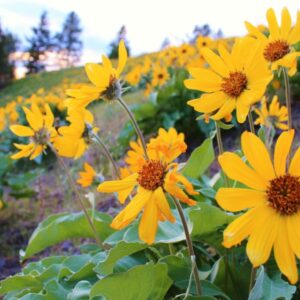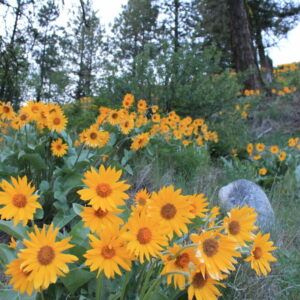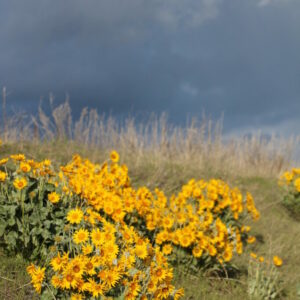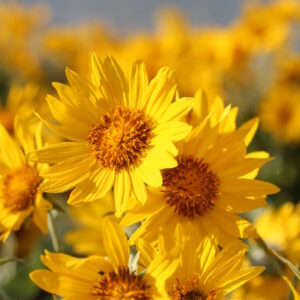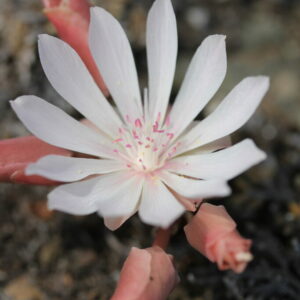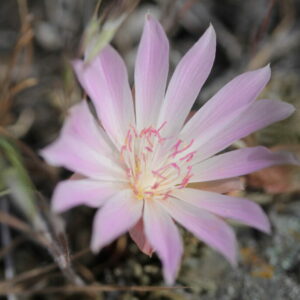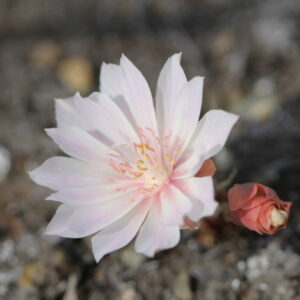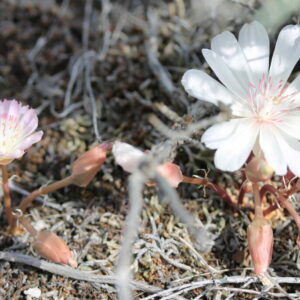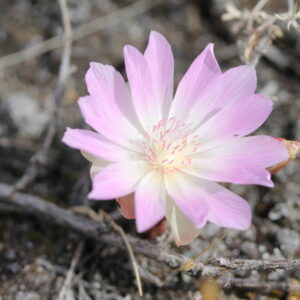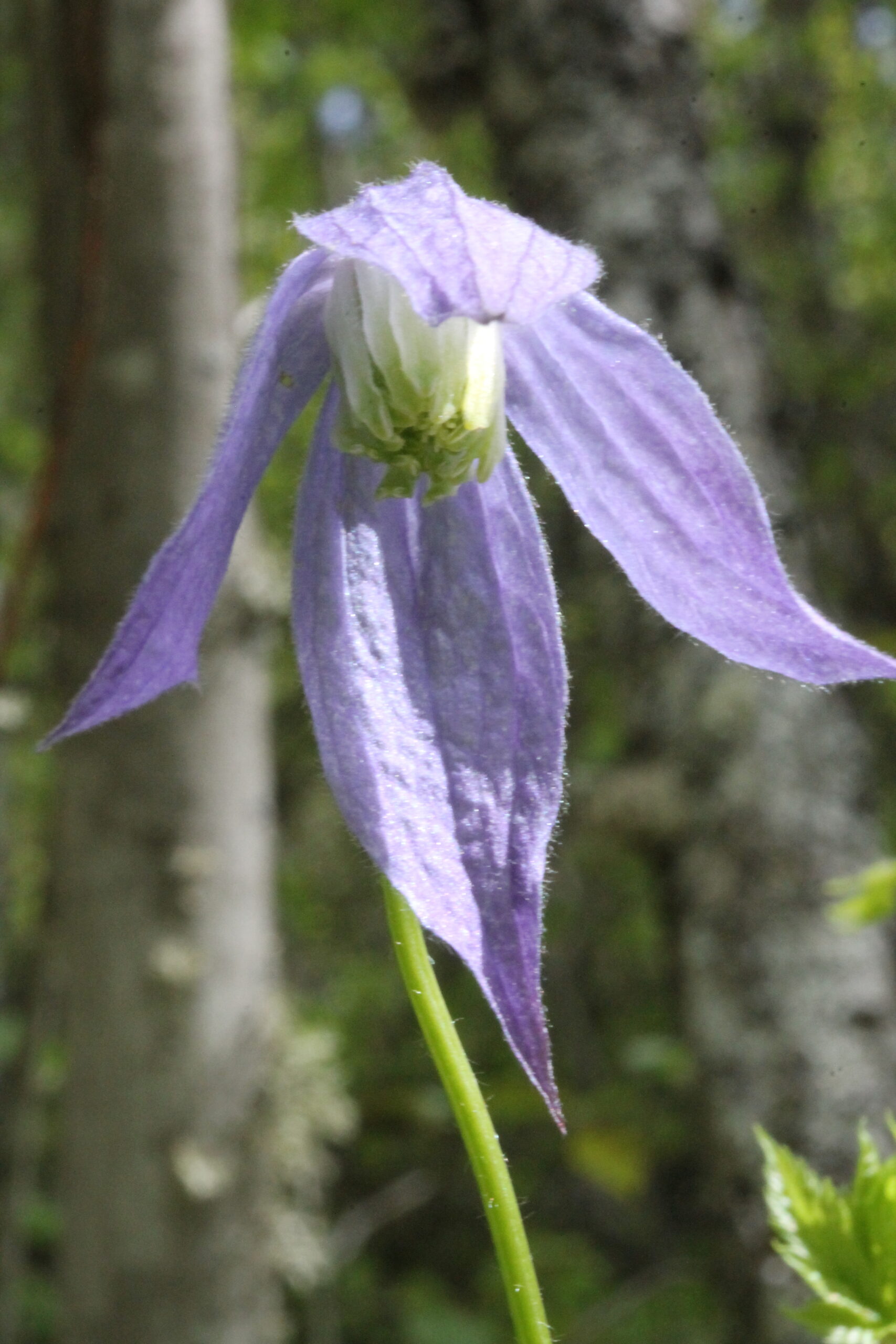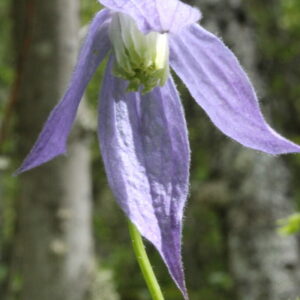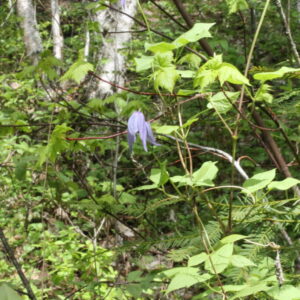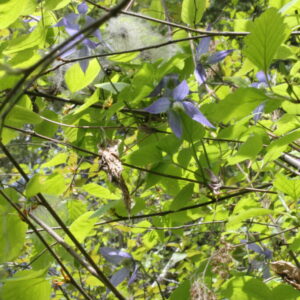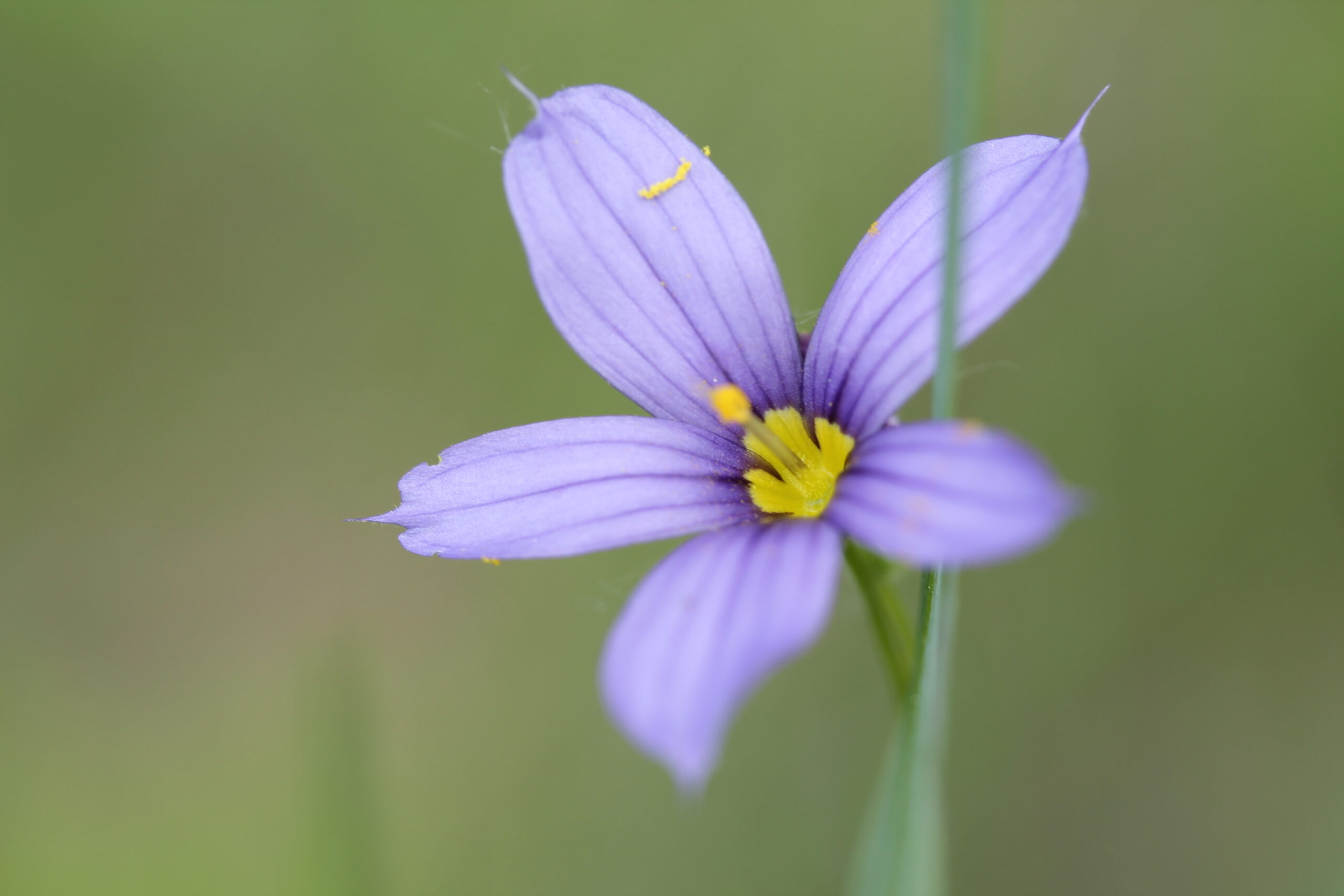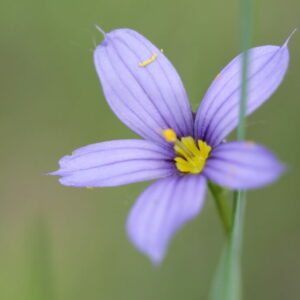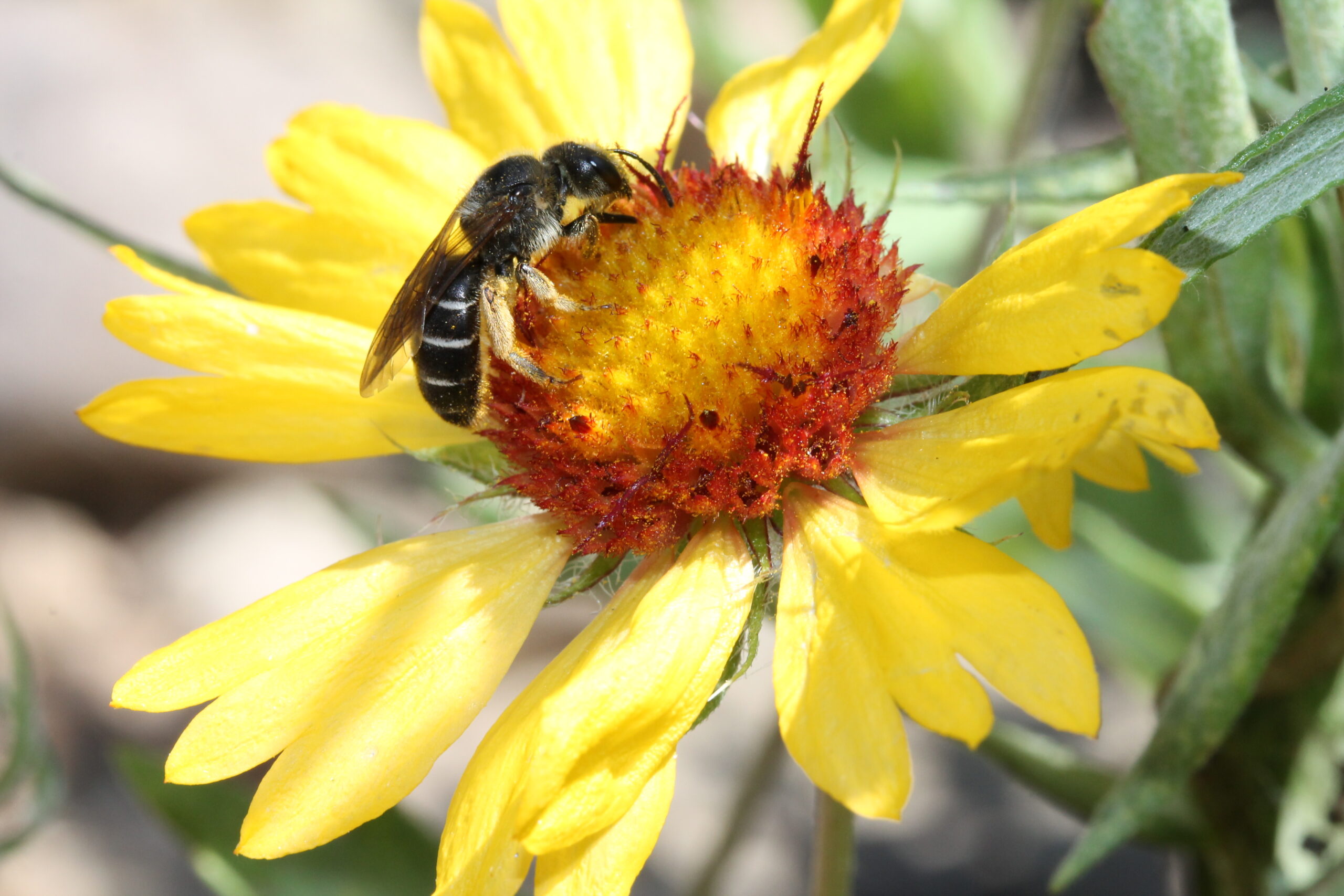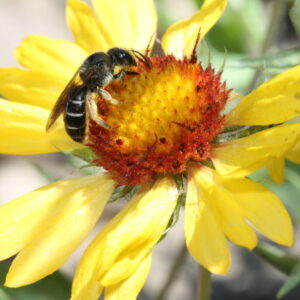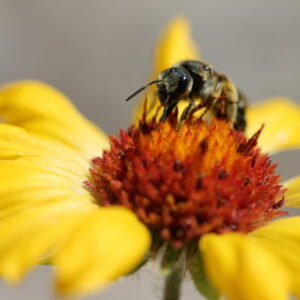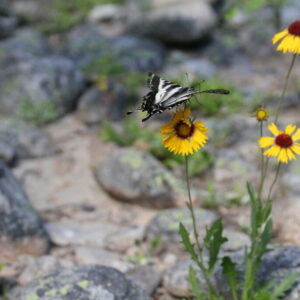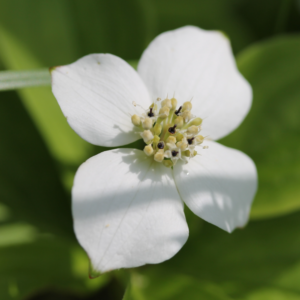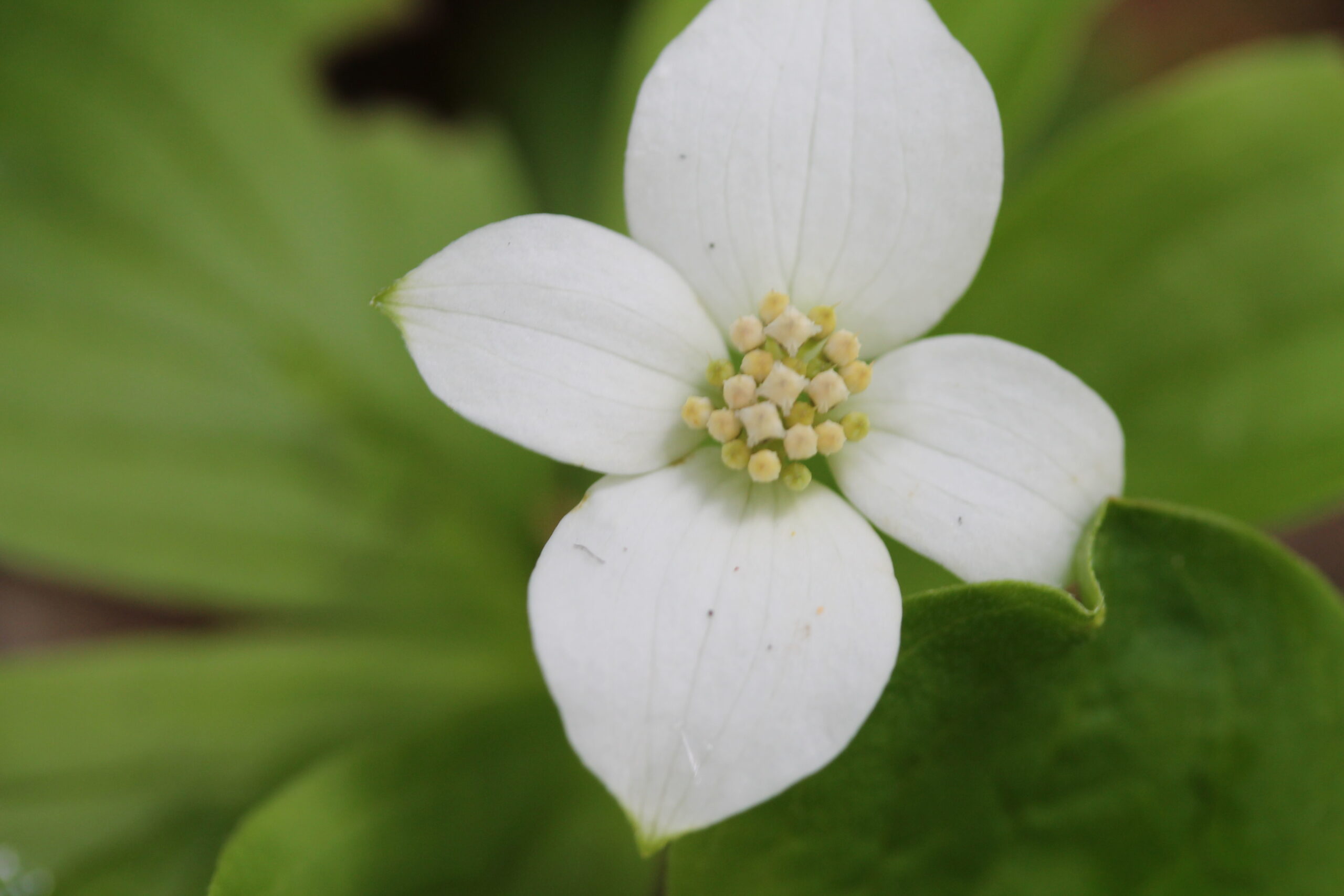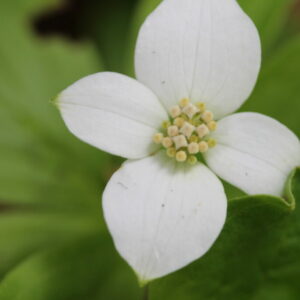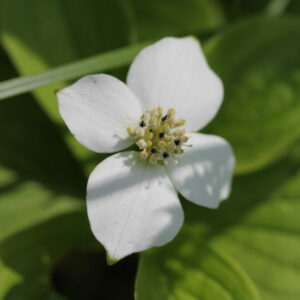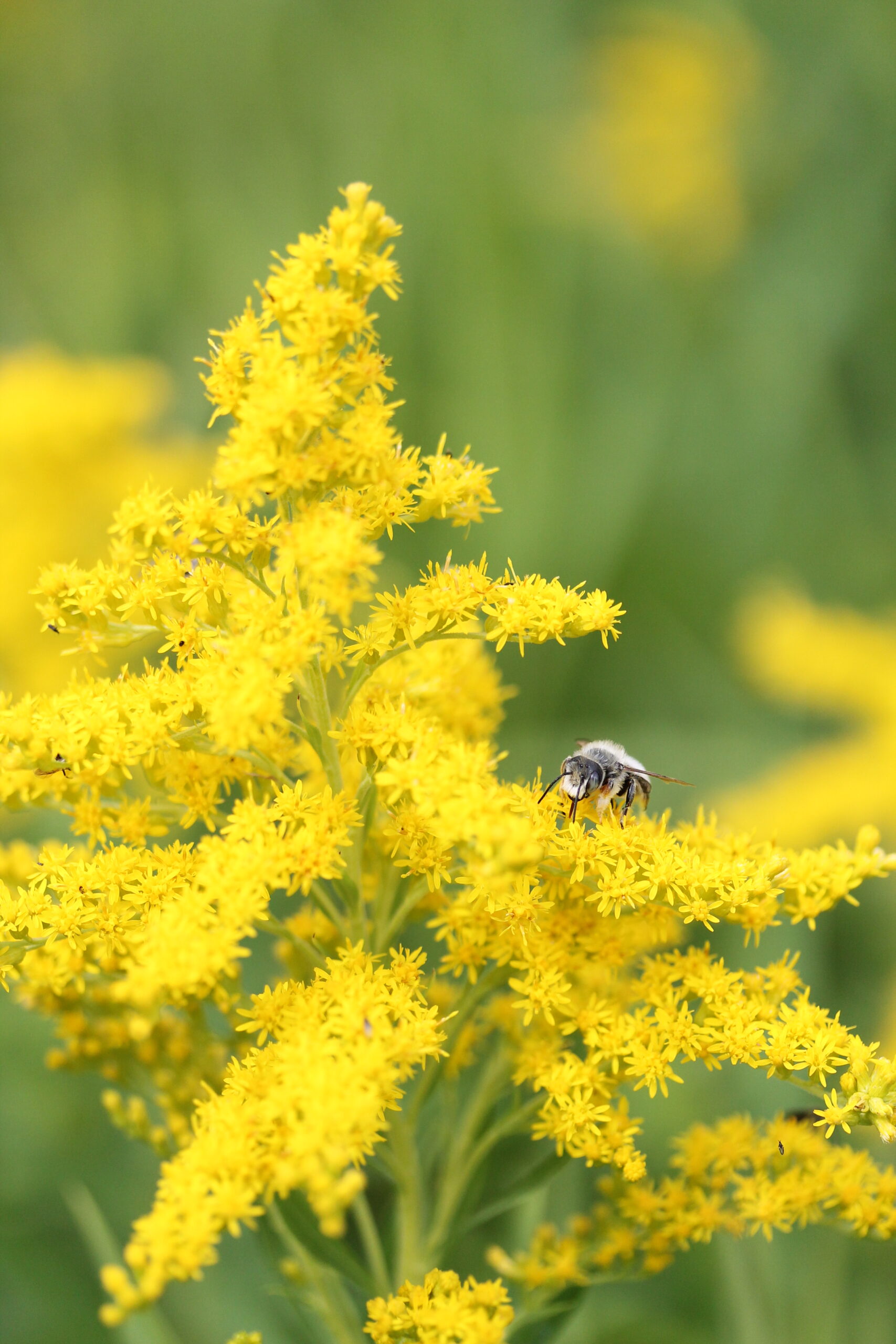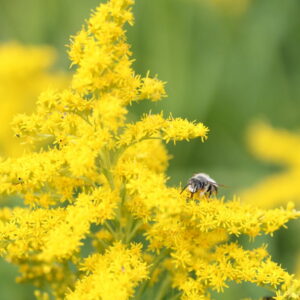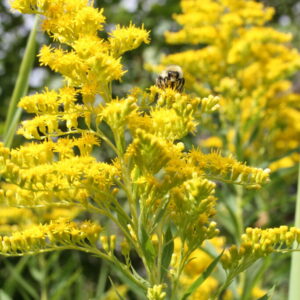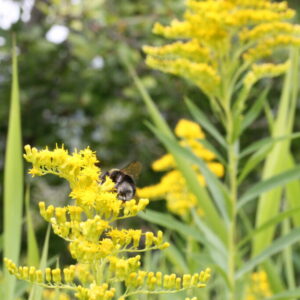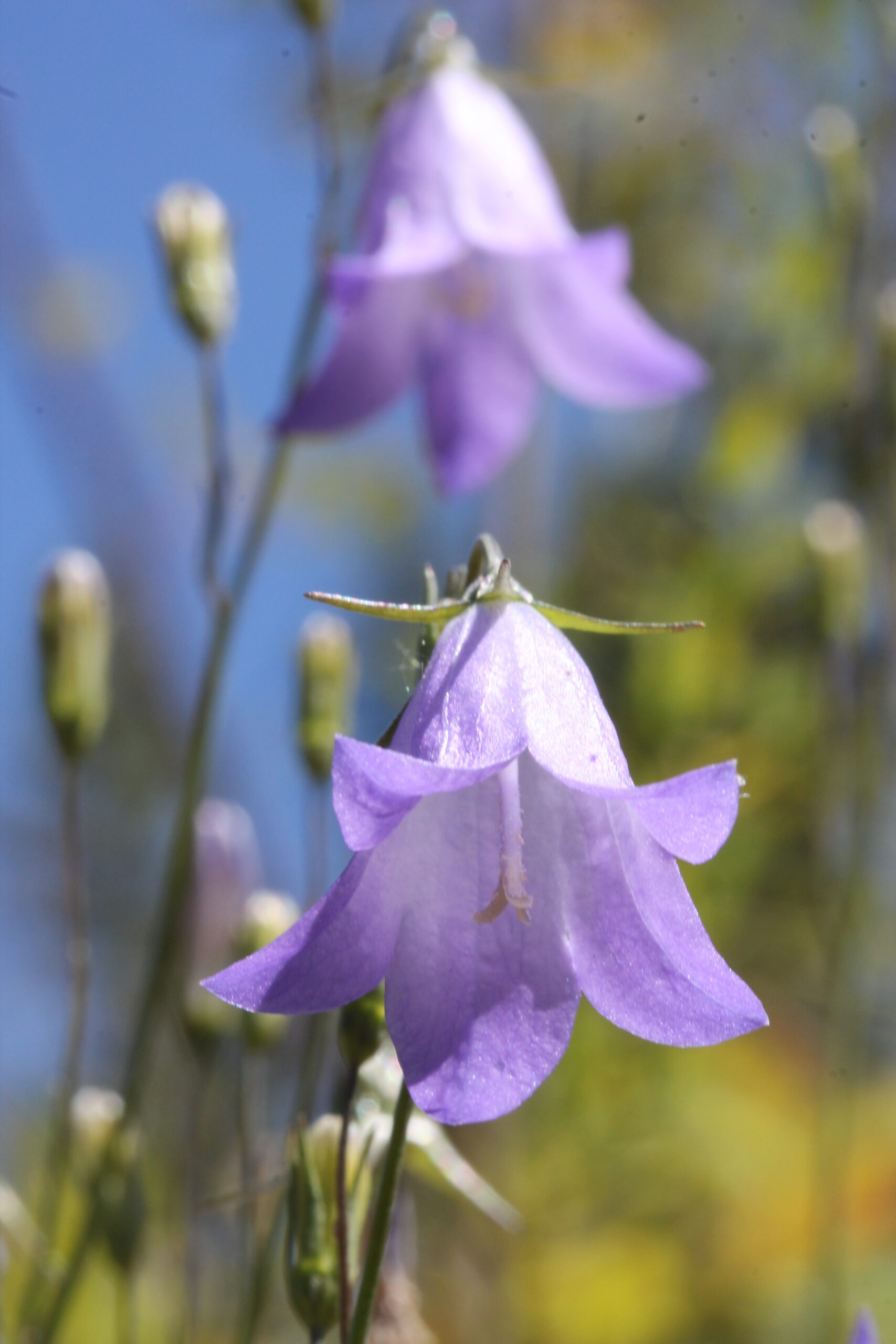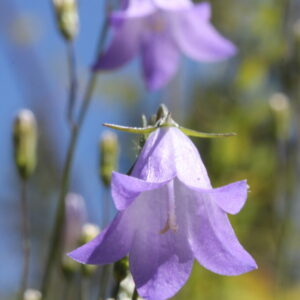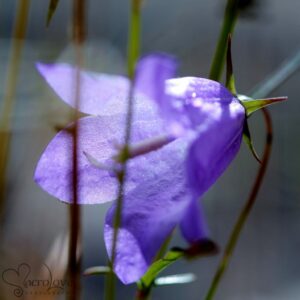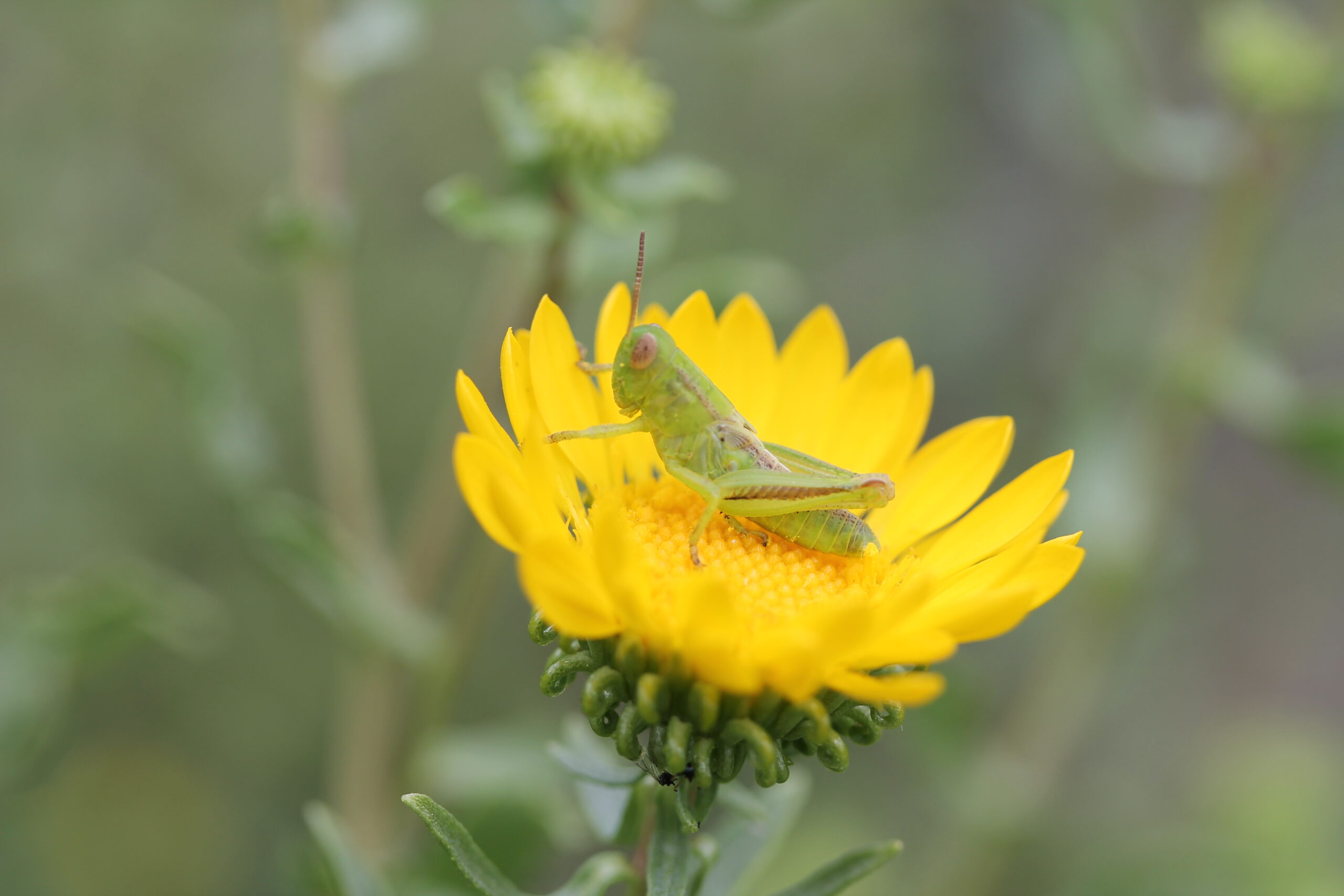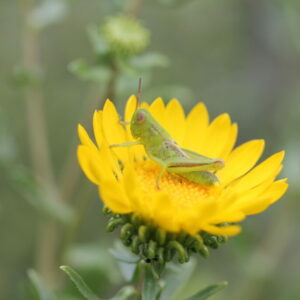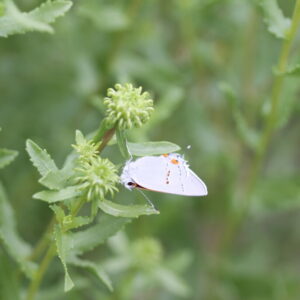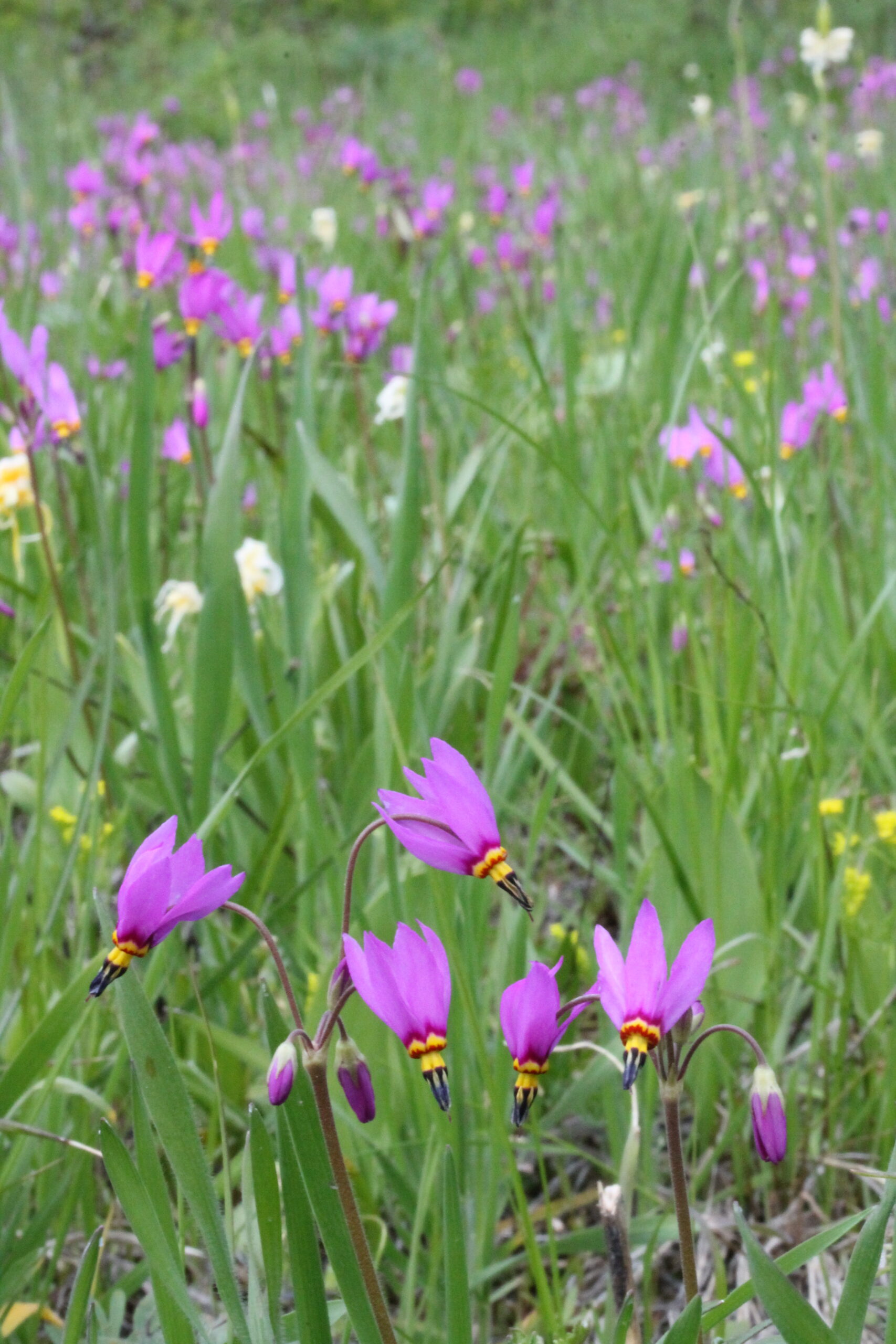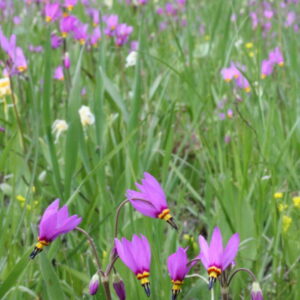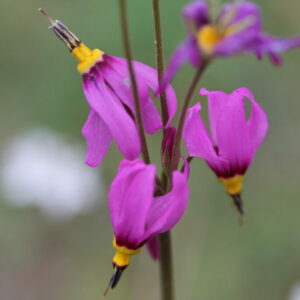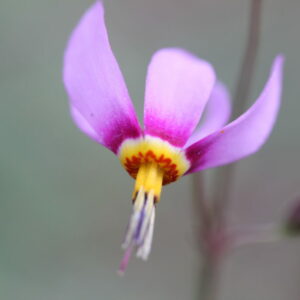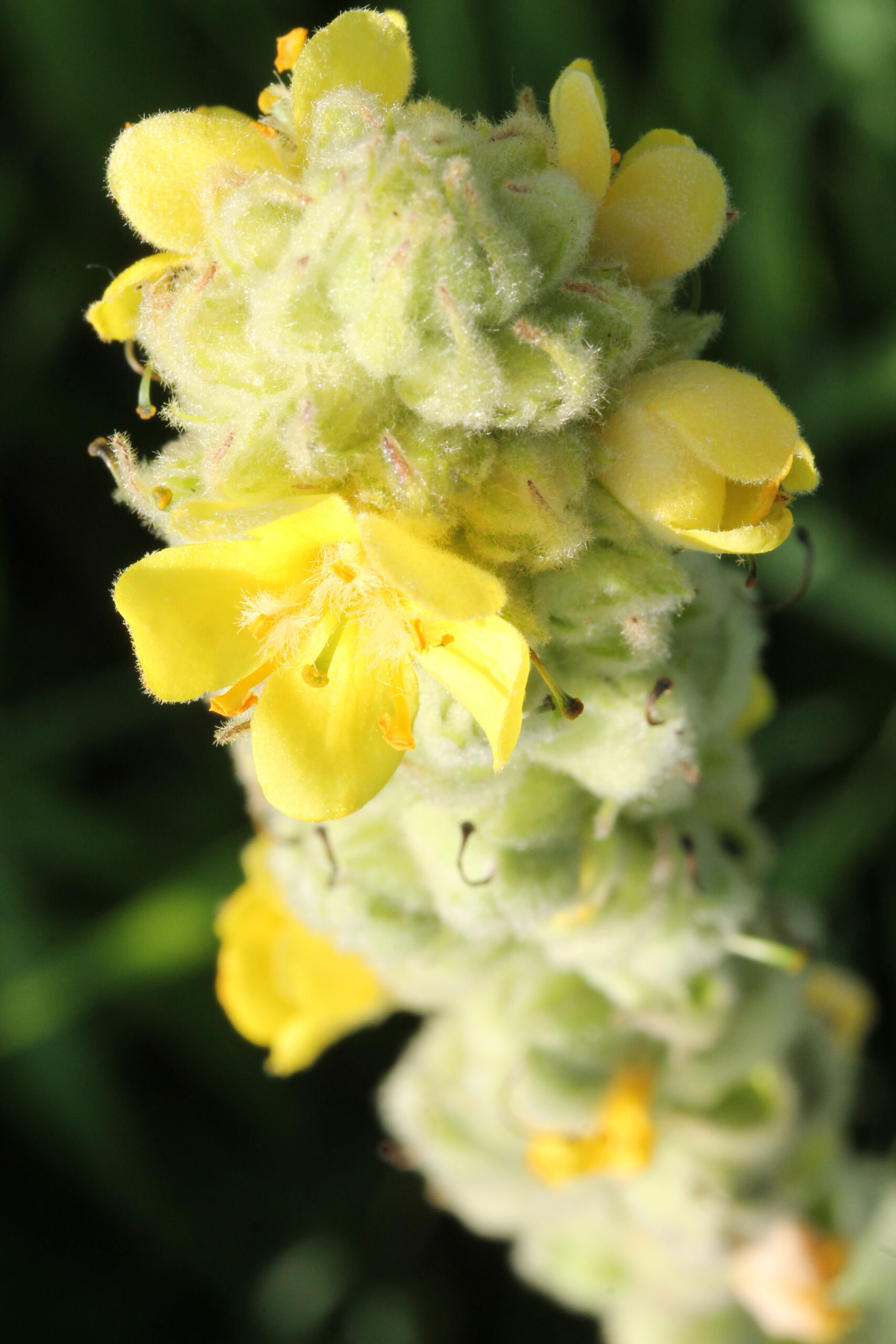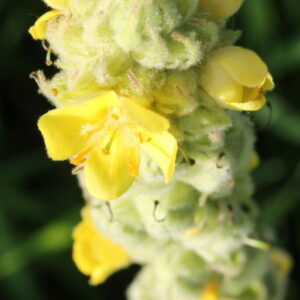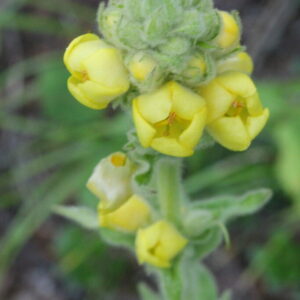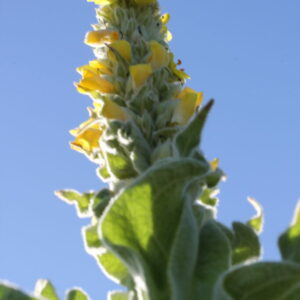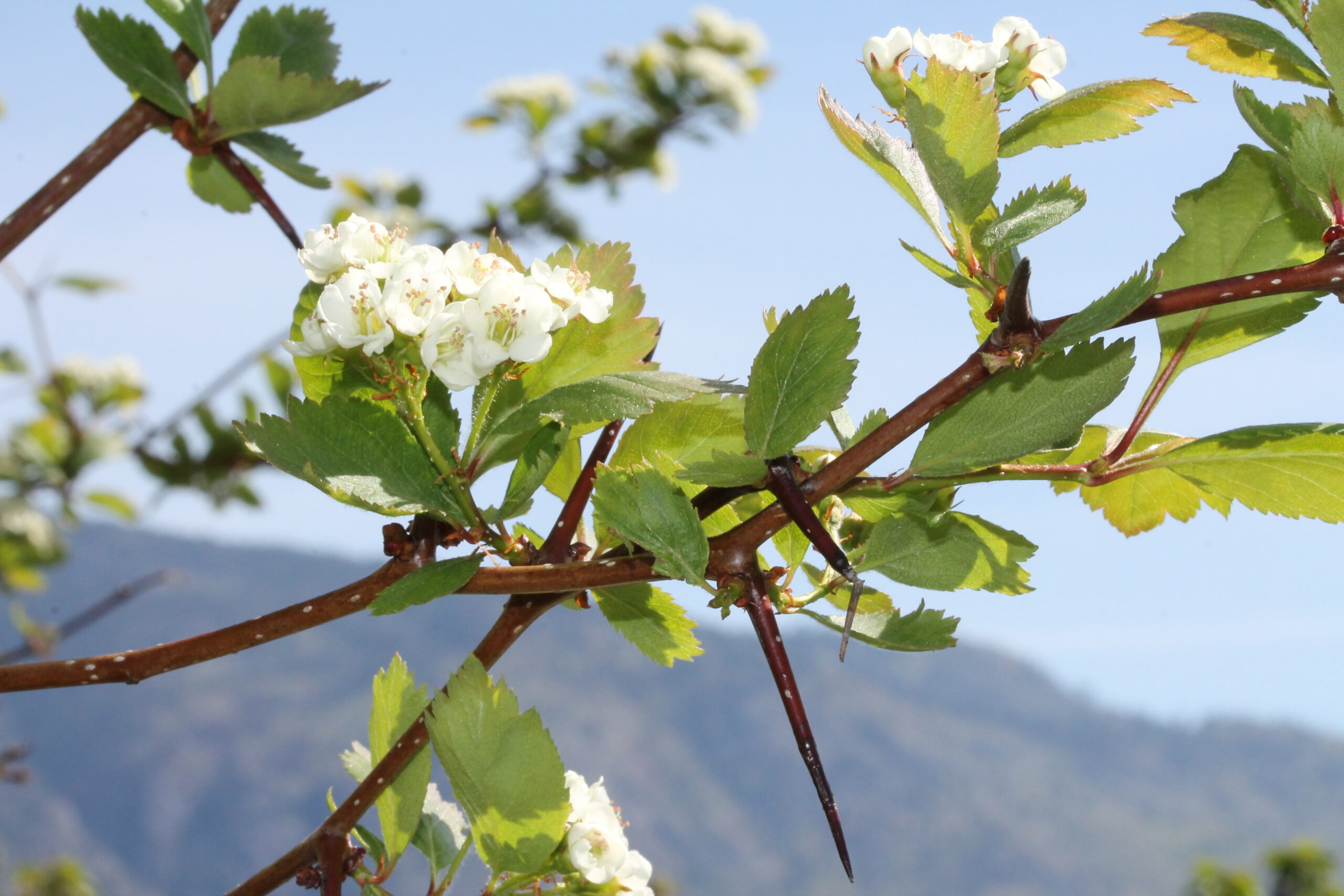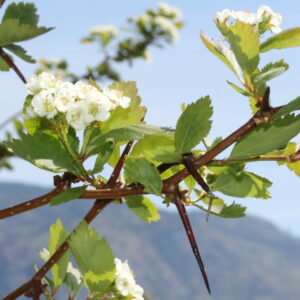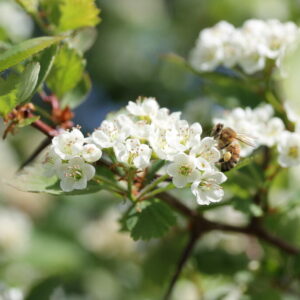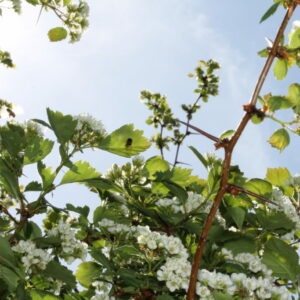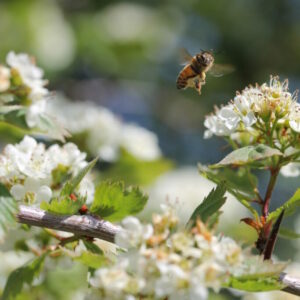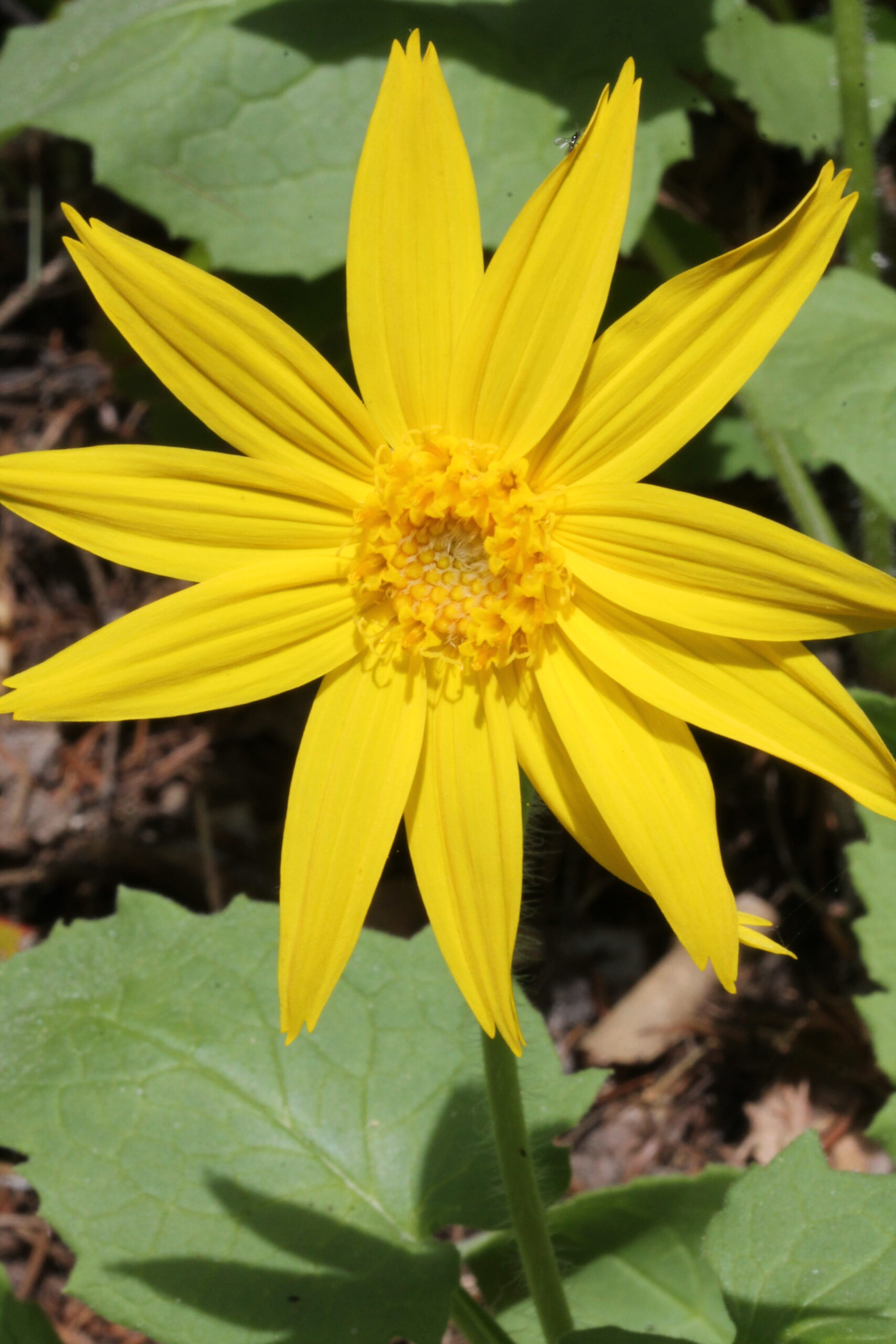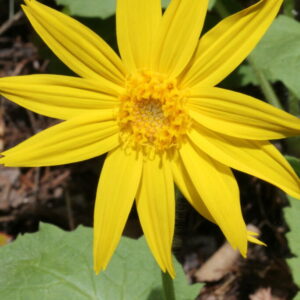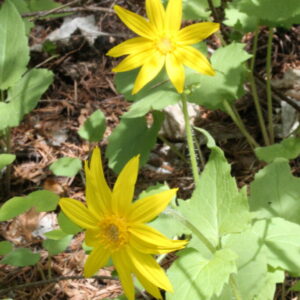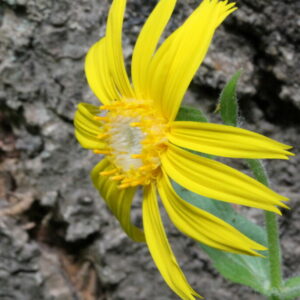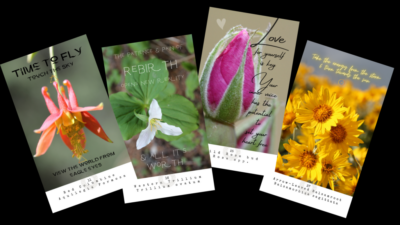What is Macro Love Photography & Design?
Eclectic creations inspired by love for nature. Photography, writing, graphic design & various other art forms of great scale, scope & capability. Macro & landscape photography focused on plants native to the Pacific Northwest & Earth’s magical beauty. It’s not a typical photography business,
but one of magnifying love through my lens, words & passion projects to inspire positive change.
10% profit for the planet.
Plant Library - Flora of the Pacific Northwest
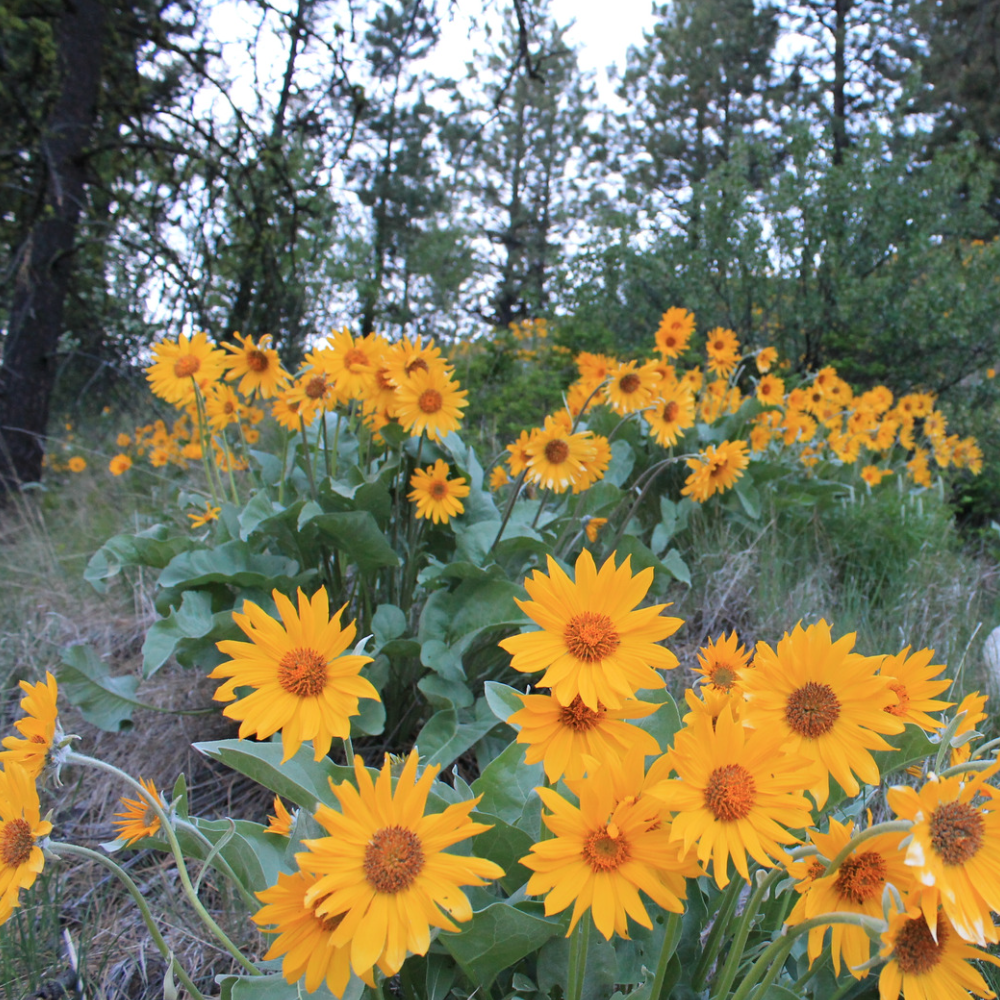
Arrow-Leaved Balsamroot/ Balsamorhiza sagittata
Family: Asteraceae or Sunflower/ Aster/ Daisy
Ecology/ Botany:
This tap-rooted perennial covers open, sunny slopes in the dry climatic regions. It prefers forest types like Ponderosa Pine or Interior Douglas Fir.
Medicinal/Traditional/Other Uses:
An important food and medicine plant for Indigenous cultures, the resinous taproots are edible, and the small sunflower-like seeds can be made into flour. Syilx (Okanagan) people have used the leaves for smoking. It has medicinal properties that support the respiratory system.
References/Other useful Links:
Parish, Coupe, Lloyd. 1996. Plants of Southern Interior British Columbia. B. C. Ministry of Forests and Lone Pine Publishing.
E-FLORA BC: ELECTRONIC ATLAS OF THE FLORA OF BRITISH COLUMBIA
Native American Ethnobotany DB
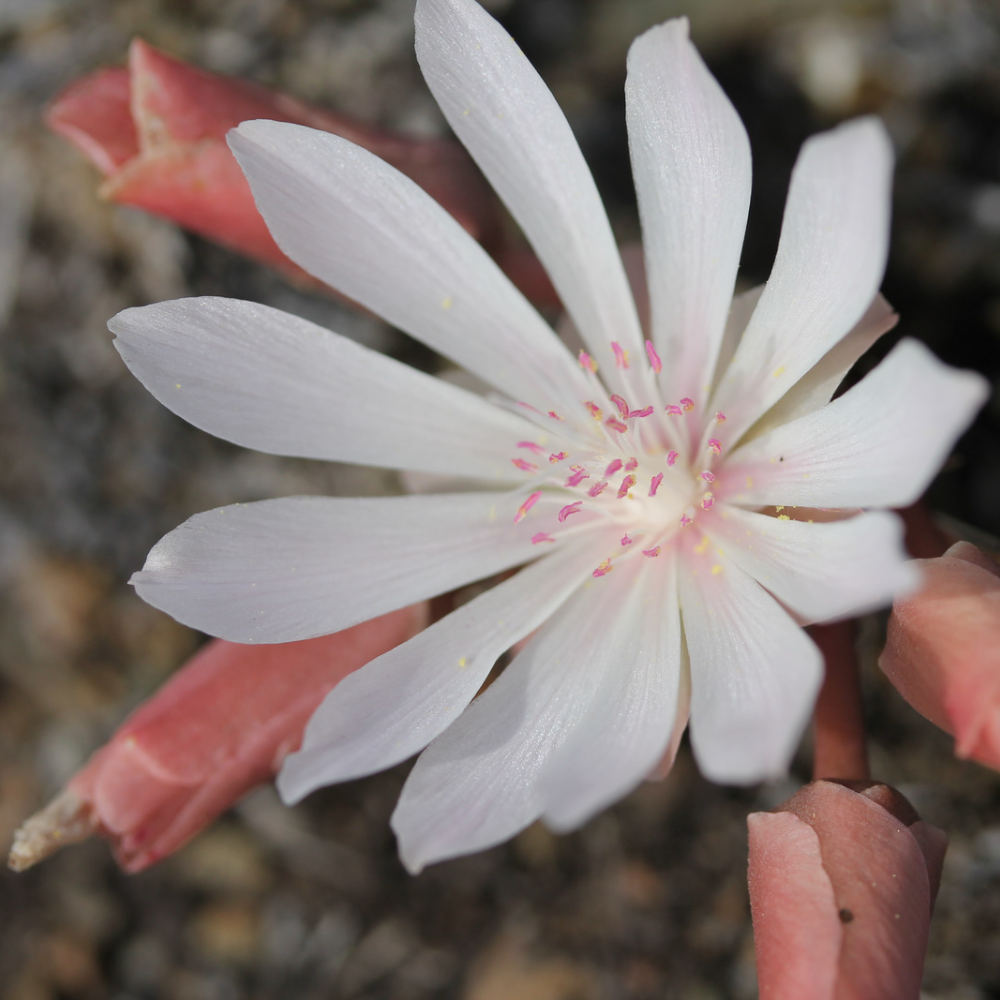
Bitterroot/ Lewisia rediviva
Family: Montiaceae/ Purslane
Ecology/ Botany:
This perennial grows from seemingly dead taproots in the dry, open ground of arid ecosystems like Bunchgrass zones and even the desert. The stunning flowers glow against the grey earth like they had been dropped from the heavens and only open in the sun. Rediviva means revived or restored to life.
Medicinal/Traditional/Other Uses:
The roots are bitter and valued as food and medicine by Indigenous cultures. They gathered them in the early spring before they become too bitter.
References/Other useful Links:
Parish, Coupe, Lloyd. 1996. Plants of Southern Interior British Columbia. B. C. Ministry of Forests and Lone Pine Publishing.
E-Flora BC Atlas Page/ linnet.geog.ubc.ca
BRIT- Native American Ethnobotany DB
Neskonlith Education Center, Secwepemc Nation. 2019. Secwepemc Plant Knowledge Cards. Shuswap and North Okanagan: Neskonlith Education Center.
https://bcparksfoundation.ca/projects/discover-parks/secwepemc-plant-knowledge-cards/bitterroot/

Blue Clematis/ Clematis occidentalis
Family: Ranunculaceae or Buttercup
Ecology/ Botany:
This flowering, wild vine is common in a variety of forest zones in moist to dry climatic regions like Montane Spruce, Interior Douglas Fir, and Interior Cedar Hemlock. It grows up to five meters long, climbs, and blends in with the surrounding vegetation, so the flowers appear to float among the trees with long, flowing wings.
Medicinal/Traditional/Other Uses:
Nlaka’pamux (Thomson) people have used them and the white variety for skin sores.
References/Other useful Links:
Parish, Coupe, Lloyd. 1996. Plants of Southern Interior British Columbia. B. C. Ministry of Forests and Lone Pine Publishing.
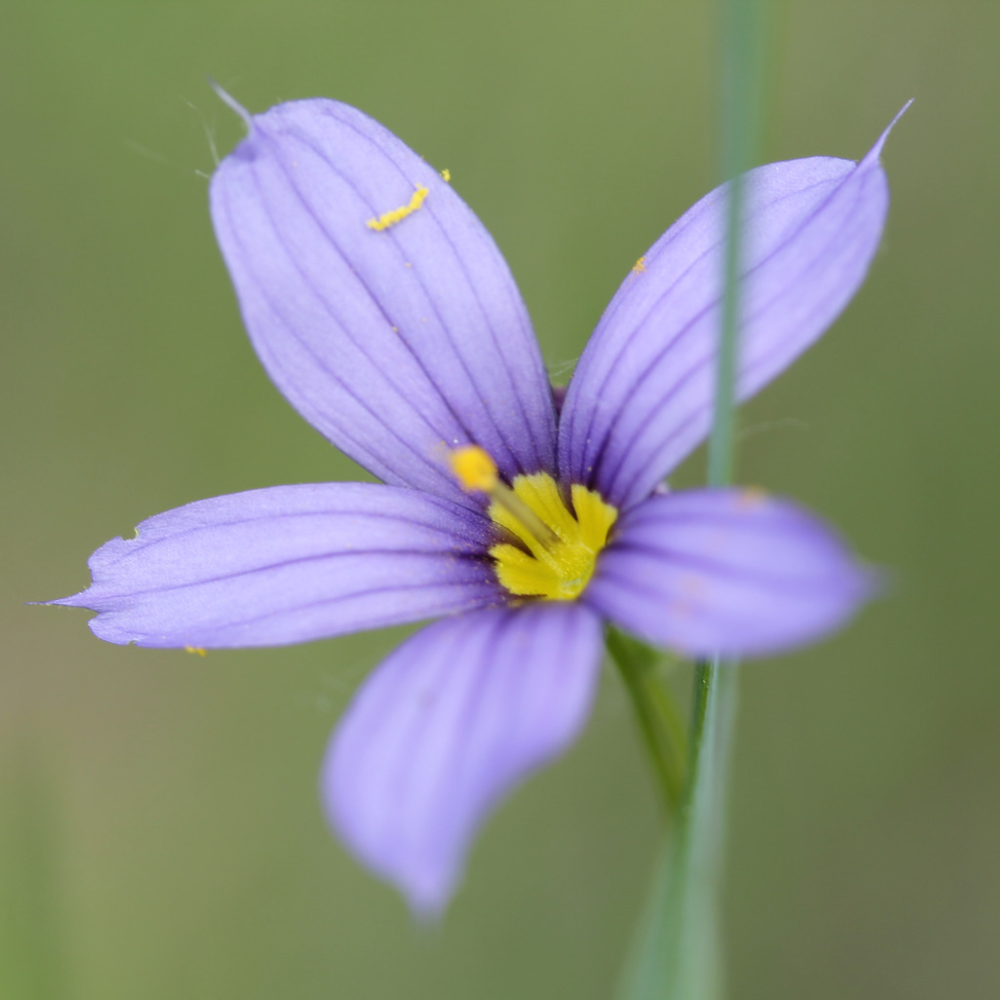
Blue-Eyed Grass/ Sisyrinchium spp.
Family: Iridaceae or Iris
Ecology/ Botany:
This perennial, small, flowering grass prefers moist, grassy openings in dry climatic regions in Interior Douglas Fir forest zones.
Medicinal/ Other Uses:
It has been used by Indigenous North Americans medicinally as treatment for diarrhea and other stomach and intestinal disorders, especially in children.
References/ Other useful links:
Parish, Coupe, Lloyd. 1996. Plants of Southern Interior British Columbia. B. C. Ministry of Forests and Lone Pine Publishing.
E-FLORA BC: ELECTRONIC ATLAS OF THE FLORA OF BRITISH COLUMBIA

Brown-Eyed Susan/ Blanket Flower/ Gaillardia aristata
Family: Asteraceae/ Aster/ Daisy/ Sunflower
Ecology/ Botany:
This perennial grows in dry climatic regions in clearings, sandy floodplains, or forest openings of Ponderosa Pine and Interior Douglas Fir zones.
Medicinal/ Traditional/ Other Uses:
It helps clear excess water from the body via the urinary system as a diuretic. The flower essence is said to nurture, heal and seal energetic leaks, and provide security and warmth. Syilx (Okanagan) people have used this plant as medicine for kidney ailments and venereal diseases, and Secwepemc (Shuswap) people as a treatment for dandruff.
References/ Other useful links:
E-FLORA BC: ELECTRONIC ATLAS OF THE FLORA OF BRITISH COLUMBIA
https://www.drterrywillard.com/gaillardia-flower-essence/
Parish, Coupe, Lloyd. 1996. Plants of Southern Interior British Columbia. B. C. Ministry of Forests and Lone Pine Publishing.
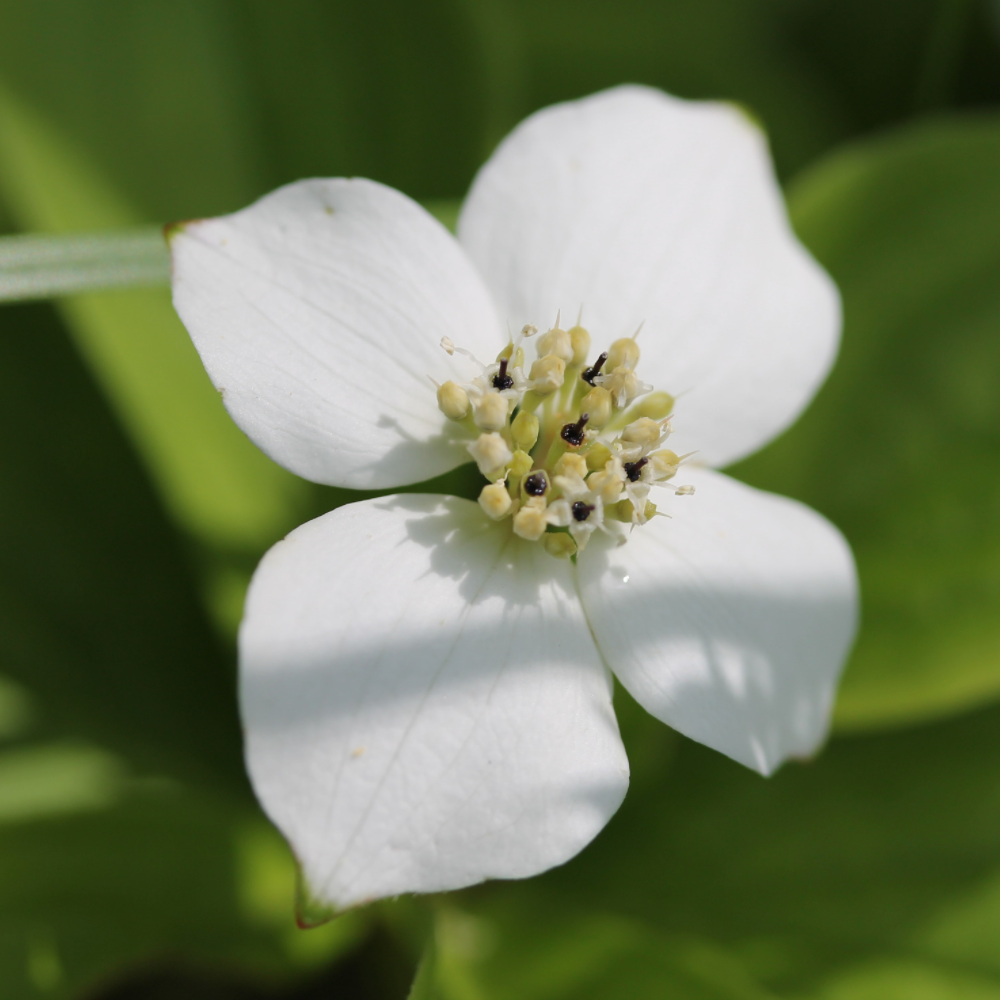
Bunchberry/ Cornus canadensis
Family: Cornaceae/ Dogwood
Ecology/ Botany:
This shade-loving, creeping perennial is usually beneath the canopy of mature coniferous forests amongst the decaying wood. It will blanket the ground when well established. The little bunches of sweet, pulpy berries are edible. It is not a true flower and has an explosive pollination mechanism. It is widespread and prefers to grow in cool, moist to wet climatic regions in Sub- Boreal Spruce and Interior Cedar Hemlock forest zones from low to subalpine elevations.
Medicinal/ Other Uses:
The whole plant has pain-relieving and anti-inflammatory properties that have been used to treat headaches and fevers and to support the digestive tract. The berries have been used internally or topically and may even reduce the potency of poisons. They also have been used to soothe irritations like burns or bug bites. Lower St’at’imc (Lillooet) and Coastal Salish people know this plant as having edible berries, but most BC Interior Indigenous people do not consider them edible, and some nations consider them poisonous.
References/ Other useful links:
E-FLORA BC: ELECTRONIC ATLAS OF THE FLORA OF BRITISH COLUMBIA
Native American Ethnobotany DB
Parish, Coupe, Lloyd. 1996. Plants of Southern Interior British Columbia. B. C. Ministry of Forests and Lone Pine Publishing.
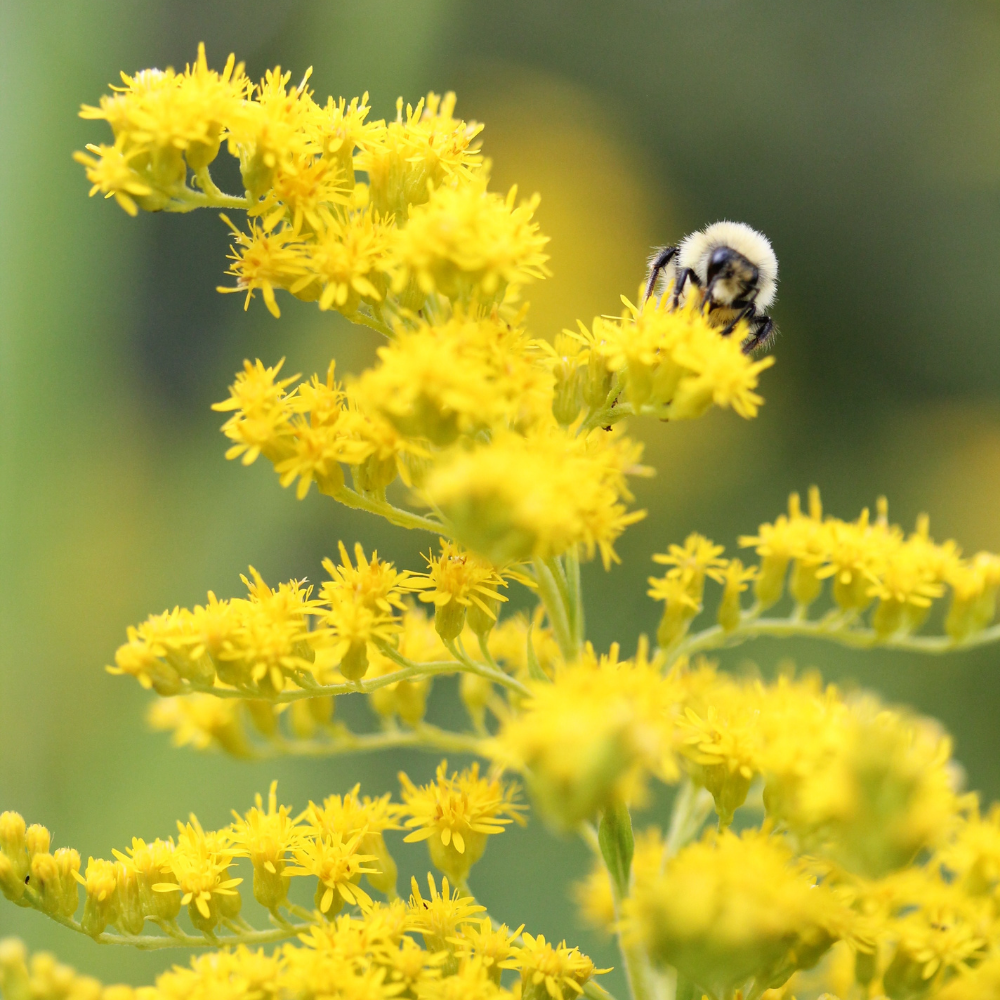
Canada Goldenrod/ Solidago canadensis
Family: Asteraceae/Aster/ Daisy/ Sunflower
Ecology/ Botany:
This tall perennial grows from creeping underground rhizomes, usually in open floodplains, forest openings, or meadows in moist climatic regions at low to mid-elevation. It blooms in late summer when the seasons are ready to turn.
Medicinal/ Traditional/ Other Uses:
It has medicinal properties for the urinary tract and is a diuretic. It is anti-inflammatory —internally or externally. It helps fight infection and congestion. Nlaka’pamux (Thompson) and Syilx (Okanagan) people have used an infusion of the stems and flowers as treatment for diarrhea or colic, especially for babies. It is a primary source of nectar for migrating monarch butterflies and is loved by many pollinators.
References/ Other useful links:
E-FLORA BC: ELECTRONIC ATLAS OF THE FLORA OF BRITISH COLUMBIA
Parish, Coupe, Lloyd. 1996. Plants of Southern Interior British Columbia. B. C. Ministry of Forests and Lone Pine Publishing.
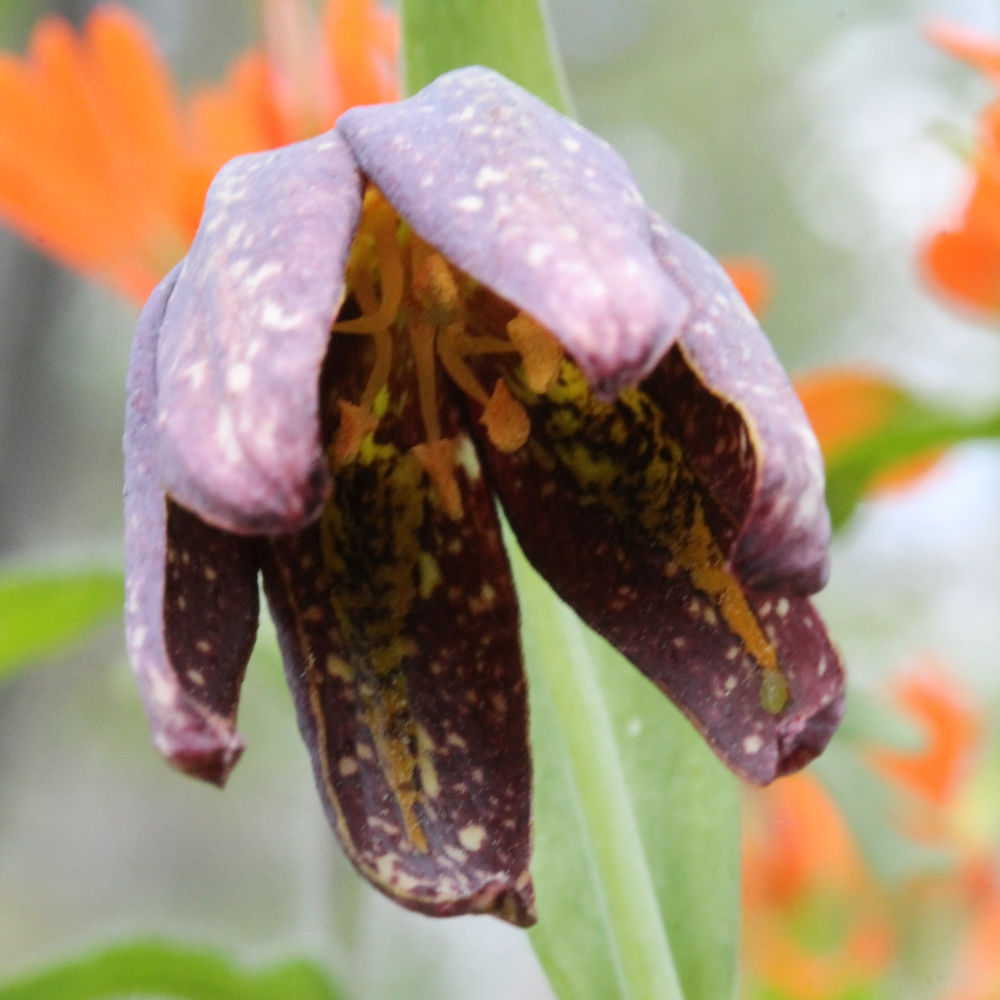
Chocolate Lily/ Fritillaria lanceolata or affinis

Family: Liliaceae/ Lily
Ecology/ Botany:
These dark, mottled, perennial lilies are infrequent in forest openings and meadows of dry forest types like Interior Douglas Fir, at low to sub-alpine elevations. They take 4-6 years to produce flowers that smell of rotting meat to attract the flies and carrion insects that pollinate them.
Medicinal/ Other Uses:
Indigenous North Americans pit-cooked and ate the rice-like bulbs. The flower essence can help with acceptance and appreciation of the necessary and life sustaining bodily functions around elimination and reproduction.
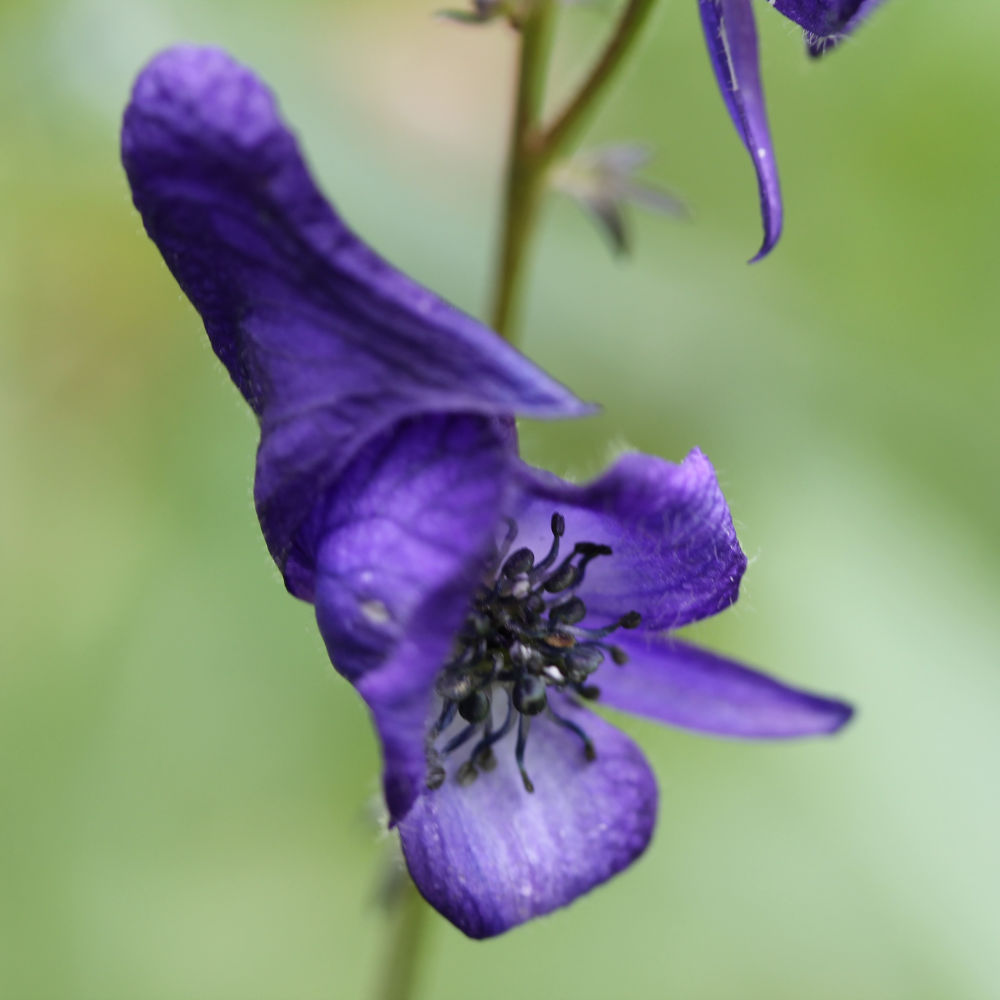
Columbian Monkshood/ Aconitum columbianum

Family: Buttercup/ Ranunculaceae
Ecology/ Botany:
This is an extremely poisonous perennial. It prefers moist montane to subalpine forest openings and streambanks of Engelmann Spruce-Subalpine Fir forest zones.
Medicinal/ Traditional/ Other Uses:
In folklore, a chemical component of the tuber is an ingredient in a flying ointment witches used to take flight. It caused heart fibrillation and delirium and therefore the sensation of flying.
References/ Other useful links:
Parish, Coupe, Lloyd. 1996. Plants of Southern Interior British Columbia. B. C. Ministry of Forests and Lone Pine Publishing.
https://linnet.geog.ubc.ca/Atlas/Atlas.aspx?sciname=Aconitum%20columbianum&noTransfer=0
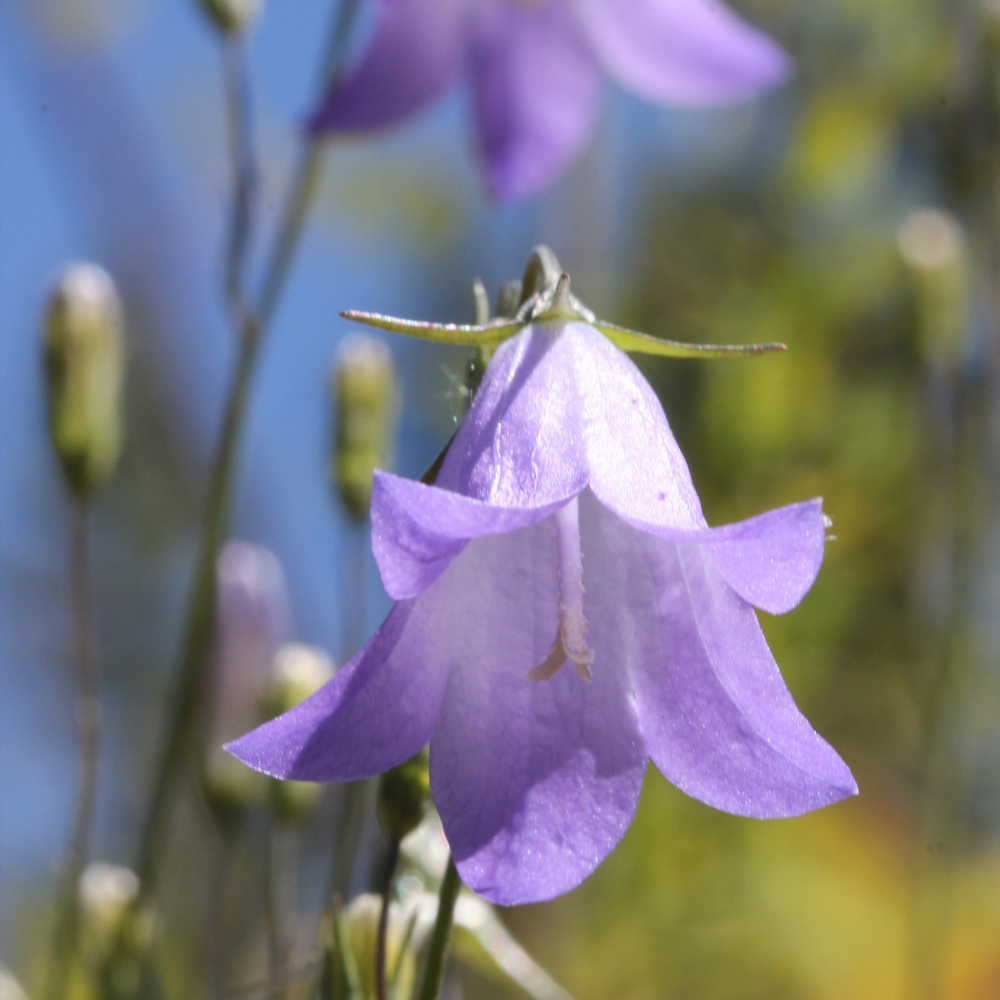
Common Harebell/ Campanula rotundifolia
Family: Campanulaceae or Bellflower
Ecology/ Botany:
This perennial is common and grows in all vegetation zones but prefers Interior Douglas Fir and Engelmann Spruce- Subalpine Fir forest zones. It is shorter at higher elevations and taller at lower elevations. The dryer the site, the shorter and hairier the leaves are.
Medicinal/ Traditional/ Other Uses:
This plant has been used as an eyewash, and the flower as a charm by Nlaka’pamux (Thompson) people.
References/ Other useful links:
E-FLORA BC: ELECTRONIC ATLAS OF THE FLORA OF BRITISH COLUMBIA
Parish, Coupe, Lloyd. 1996. Plants of Southern Interior British Columbia. B. C. Ministry of Forests and Lone Pine Publishing.
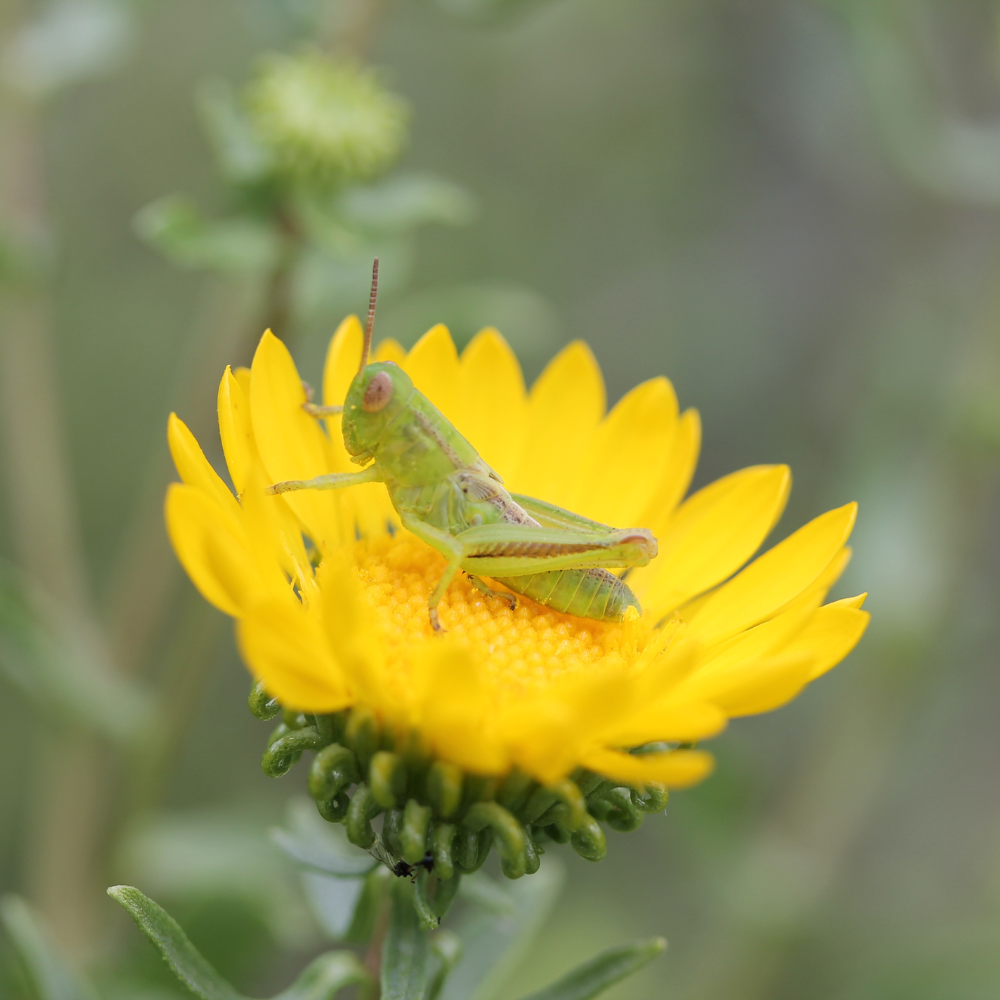
Curly-Cup Gumweed/ Grindelia squarrosa
Family: Asteraceae/ Aster
Ecology/ Botany:
This tall, tap-rooted biennial and sometimes perennial grows in dry climatic regions, often in disturbed environments. It prefers forest zones of Interior Douglas Fir, Ponderosa Pine, and Bunchgrass. It is infrequent, scattered, and blooms in late summer. The leaves and flower heads are covered in sticky, resinous gum.
Medicinal/Traditional/Other Uses:
It has been used for the respiratory system and skin. Indigenous North Americans have used it medicinally for bronchial conditions like asthma and for skin irritations like poison ivy or oak rashes. An extract of the flowers and leaves is still used today in some modern medicines for asthma and bronchitis.
References/Other useful Links:
Parish, Coupe, Lloyd. 1996. Plants of Southern Interior British Columbia. B. C. Ministry of Forests and Lone Pine Publishing.
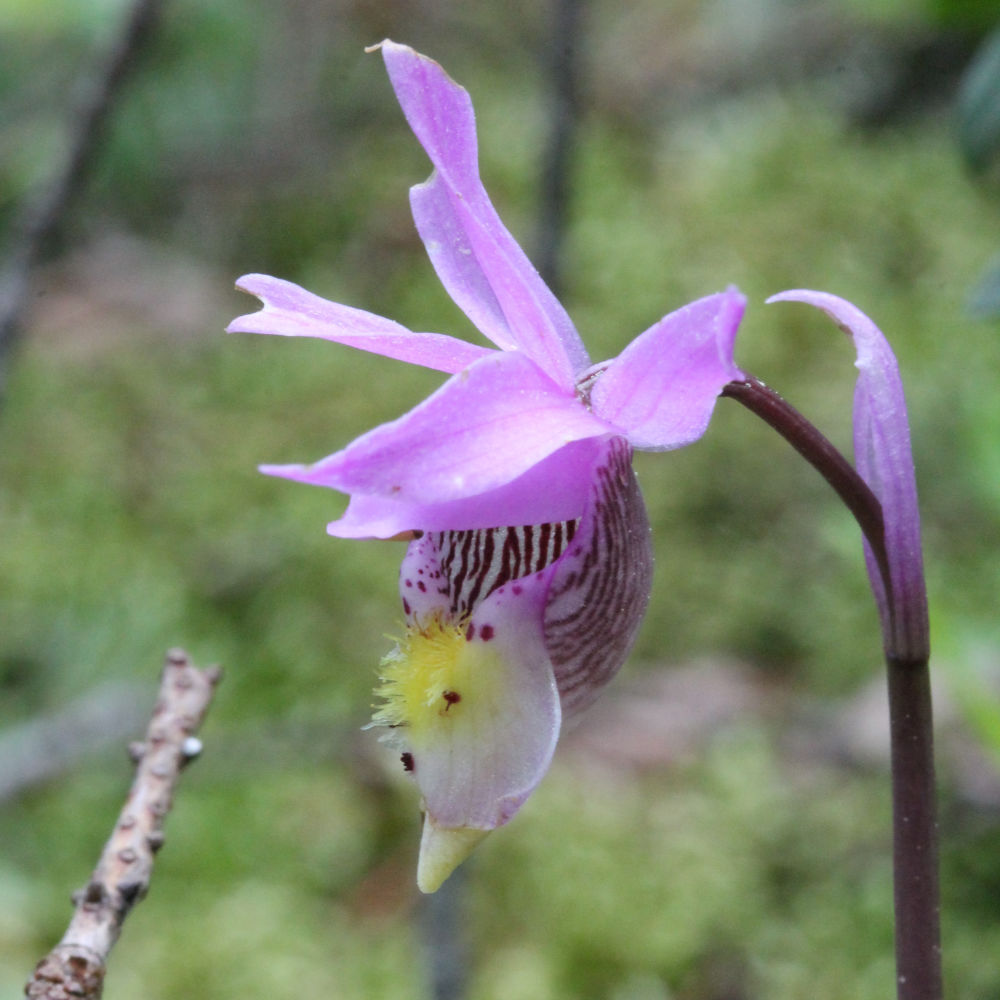
Fairyslipper/ Calypso bulbosa

Family: Orchid/ Orchidaceae
Ecology/ Botany:
This fragile, perennial orchid is hidden away in the mossy, shaded forest floor of zones like Interior Cedar Hemlock or Interior Douglas Fir. It only grows with specific fungi, so it is almost impossible to transplant. It has delicate roots that are easily harmed so it is usually exterminated in popular areas.
Medicinal/ Other Uses:
Nlaka’pamux (Thompson) people used it medicinally for convulsions and mild epilepsy. Haida people occasionally ate the buttery tasting corns.

Few-Flowered Shooting Star/ Dodecatheon pulchellum
Family: Primulaceae or Primrose
Ecology/ Botany:
These perennial, earthly stars prefer open meadows with spring moisture when in bloom. They like the dry climatic regions in forest zones of Interior Douglas Fir or Ponderosa Pine but are also frequently found along coastal British Columbia and Washington.
Medicinal/Traditional/Other Uses:
They have been used as a charm to bring wealth by Nlaka’pamux (Thompson) people and as an infusion for an eye wash by Syilx (Okanagan) people.
References/Other useful Links:
Parish, Coupe, Lloyd. 1996. Plants of Southern Interior British Columbia. B. C. Ministry of Forests and Lone Pine Publishing.
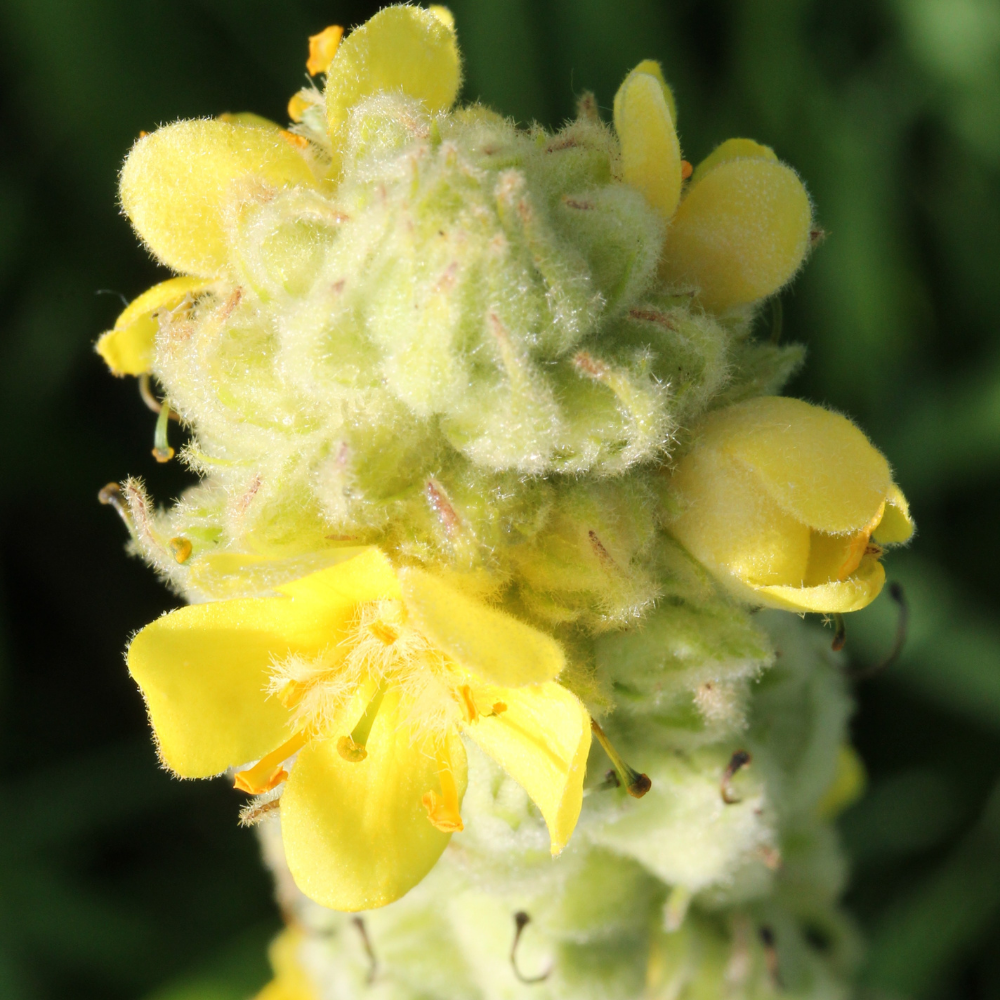
Great Mullein/ Verbascum Thapsus
Family: Scrophulariaceae/ Figworts
Ecology/ Botany:
It is a biennial, meaning it grows a rosette of velvety soft, fuzzy, large leaves in the first year and a towering stalk, topped with small yellow flowers, in the second. It grows in gravelly, disturbed soils and is not a true North American native but well established here. It’s native to Eurasia.
Medicinal/ Traditional/ Other Uses:
It has been used as a torch, dipped in tallow or suet. Indigenous people have smoked the leaves. It has medicinal properties for the lungs as an expectorant and tonic, to clear mucous and build lung tissue. It also clears mucous from the throat and sinuses and has been used to make a pain-relieving ear oil for earaches.
References/ Other useful links:
E-FLORA BC: ELECTRONIC ATLAS OF THE FLORA OF BRITISH COLUMBIA
Native American Ethnobotany DB
https://www.sciencedirect.com/science/article/pii/S0102695X13701261
Parish, Coupe, Lloyd. 1996. Plants of Southern Interior British Columbia. B. C. Ministry of Forests and Lone Pine Publishing.
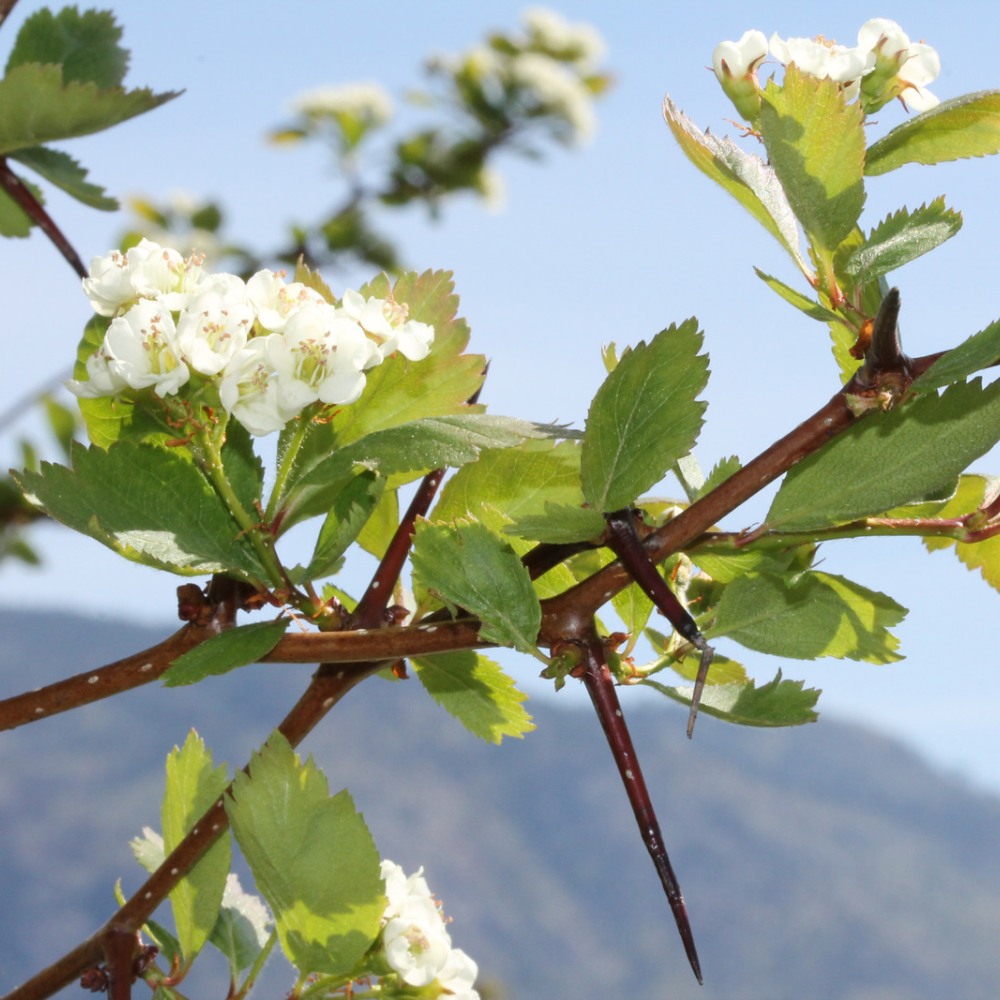
Hawthorn/ Crataegus douglasii
Family: Rosaceae/ Rose
Ecology/ Botany:
This shrub is common at low to mid-elevation along rivers, streams, marshy areas, and gullies. It prefers Interior Douglas Fir and Cedar Hemlock forest zones.
Medicinal/Traditional/Other Uses:
It has medicinal properties for the heart and circulatory system. Most commonly, the dark red clusters of seedy berries are used for heart and blood vessel conditions and sometimes for digestive issues. The leaves and flowers can also be used for the cardiovascular system, and as a relaxant. The berries were an important food for Indigenous North Americans. They have used the fruit and bark medicinally, and the strong wood with sharp thorns for body piercing, and to make tools, weapons, and fishhooks. The Nlaka’pamux (Thomson) people have used the fruit and bark as medicine for diarrhea and other digestive issues.
References/Other useful Links:
Parish, Coupe, Lloyd. 1996. Plants of Southern Interior British Columbia. B. C. Ministry of Forests and Lone Pine Publishing.
n.d. “Community Herbalist Program/ My Account.” Pacific Rim College Online. Accessed 12 2020.
https://pacificrimcollege.online/program/community-herbalist/
Neskonlith Education Center, Secwepemc Nation. 2019. Secwepemc Plant Knowledge Cards. Shuswap and North Okanagan: Neskonlith Education Center.
https://bcparksfoundation.ca/projects/discover-parks/secwepemc-plant-knowledge-cards/black-hawthorn/
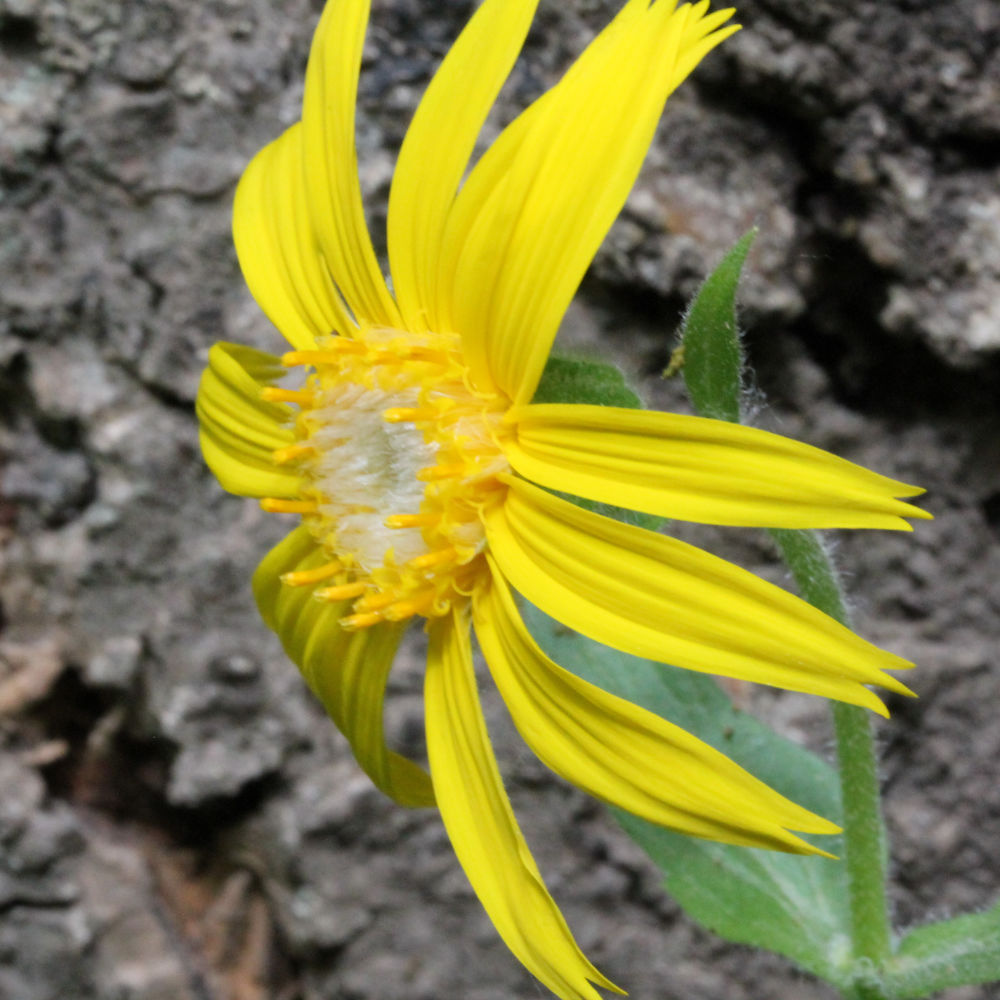
Heart-leaved Arnica/ Arnica cordifolia
Family: Asteraceae/ Daisy/ Sunflower/ Aster
Ecology/ Botany:
These bright perennials have a variety of species that can be difficult to distinguish from one another. Most varieties can be found in openings of montane forests.
Medicinal/ Other Uses:
Arnicas various species are well known as topical analgesics (pain-relievers) for bruising, swelling, cuts, arthritis, etc. Nlaka’pamux (Thompson) people have used them for this purpose as a plaster, and Syilx (Okanagan) people have used them as love charms. The flower essence has been used for trauma to the mind and emotions.
References/ Other useful links:
Parish, Coupe, Lloyd. 1996. Plants of Southern Interior British Columbia. B. C. Ministry of Forests and Lone Pine Publishing.
E-Flora BC Atlas Page/ linnet.geog.ubc.ca
BRIT- Native American Ethnobotany DB
https://www.treefrogfarm.com/store/flower-essences-tree-essences/arnica-flower-essence.html
n.d. “Community Herbalist Program/ My Account.” Pacific Rim College Online. Accessed 12 2020. https://pacificrimcollege.online.
https://pacificrimcollege.online/program/community-herbalist/
Wildflower Power Oracle
Is being re-designed! Those who have ordered will receive the deck in its new and improved version when it’s published. Thank you for your patience! This has been a learning experience to say the least. I will be launching a new Kickstarter campaign when it’s complete. Stay tuned through my Facebook and Instagram pages (links below).



